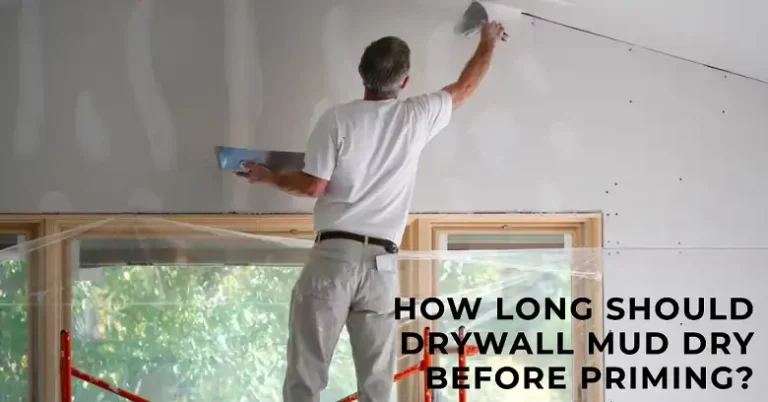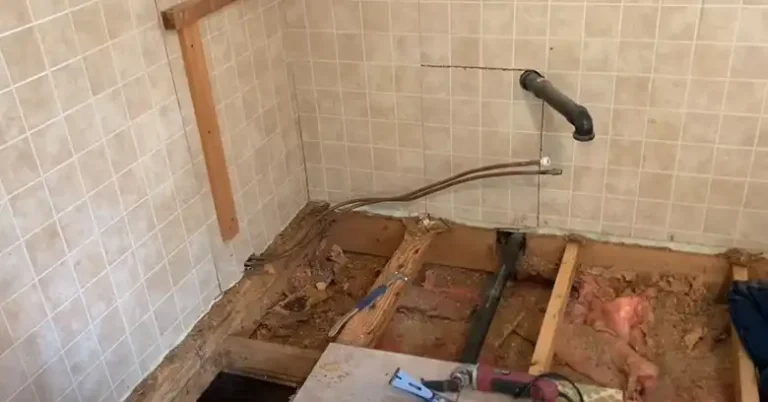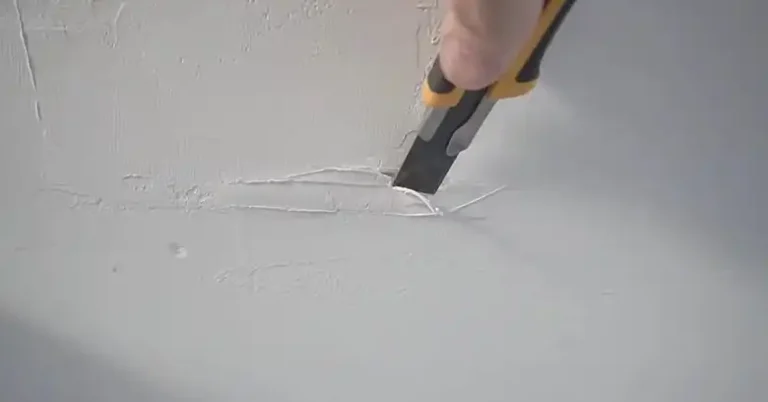How To Fix Crumbling Interior Basement Walls
Crumbling interior basement walls can be a homeowner’s nightmare. Whether it’s due to moisture penetration, settling issues, or simply the natural aging process, addressing this problem is crucial to maintain a safe and habitable living space.
The solution to fixing crumbling interior basement walls lies in identifying the root cause of the issue and taking appropriate remedial measures. This may involve addressing moisture problems, reinforcing the walls, or, in severe cases, considering more extensive repairs or even a foundation replacement.
In this guide, I’ll discuss the various causes of crumbling basement walls, explore effective repair methods, and provide valuable insights to help you tackle this challenging problem. Read on to identify the root cause of it, choose the perfect solution and take the best preventive measure to avoid basement wall damage in the future.

Causes of Crumbling Interior Basement Walls
There can be several causes of basement wall damage, such as:
- Moisture Intrusion: One of the primary culprits behind crumbling basement walls is moisture intrusion. Water seeping through cracks, leaks, or poor drainage can cause the concrete or masonry to deteriorate over time. This can lead to efflorescence (white, powdery deposits), spalling (flaking or peeling of the surface), and eventual crumbling.
- Hydrostatic Pressure: Hydrostatic pressure, which is the force exerted by water in the soil surrounding the basement walls, can also contribute to crumbling. As the soil becomes saturated, it can push against the walls, causing cracks and eventually leading to crumbling.
- Freeze-Thaw Cycles: In regions with harsh winters, the freeze-thaw cycle can wreak havoc on basement walls. When water seeps into the concrete or masonry and freezes, it expands, causing internal pressure and cracking. As the cycle repeats, the cracks widen, and the walls start to crumble.
- Poor Construction: Substandard construction practices, such as inadequate reinforcement, improper concrete mixing, or insufficient curing, can also lead to crumbling basement walls over time.
- Settling Issues: If the foundation settles unevenly, it can put excessive stress on certain areas of the basement walls, causing cracks and eventual crumbling.
As now you’re familiar with the most common reasons for this issue, identify the exact cause that you have to tackle to fix the crumbling basement walls.
How to Repair Crumbling Interior Basement Walls
To fix your crumbling basement walls effectively, you have to follow a structured process. Here are the steps you should follow:
Step 1: Identify and Address the Root Cause
Before attempting any repairs, it’s crucial to identify the underlying cause of the crumbling. This may involve inspecting for moisture sources, checking for drainage issues, or assessing the structural integrity of the foundation.
Step 2: Prepare the Surface
Once the cause has been identified and addressed, the next step is to prepare the surface for repairs. This may involve removing any loose or crumbling material, cleaning the surface, and applying a bonding agent to ensure proper adhesion of the repair materials.
Step 3: Reinforcement (if necessary)
In cases of severe crumbling or structural concerns, reinforcement may be necessary. This can involve installing carbon fiber reinforcement, steel reinforcement, or even pouring a new concrete wall in front of the existing one.
Step 4: Patching and Resurfacing
For minor crumbling or surface damage, patching with a concrete repair mix or resurfacing with a specialized coating can be an effective solution. Follow the manufacturer’s instructions carefully for proper application and curing.
Step 5: Waterproofing and Drainage
If moisture intrusion was the primary cause, it’s essential to address waterproofing and drainage issues. This may involve installing a sump pump, improving exterior drainage, or applying a waterproof membrane to the interior walls.
Professional Assistance
While some minor repairs may be suitable for DIY enthusiasts, more extensive crumbling or structural issues may require the expertise of professional contractors or engineers. They can assess the situation, recommend the appropriate course of action, and ensure that the repairs are carried out safely and effectively.
Maintenance and Prevention
Once the repairs are complete, it’s essential to implement preventive measures to avoid future crumbling. This may involve:
- Regular inspections: Conduct periodic inspections of your basement walls to identify any signs of cracking, moisture intrusion, or other issues early on.
- Address moisture issues promptly: If you notice any water seepage, dampness, or moisture accumulation, address it immediately to prevent further damage to the walls. This may involve repairing leaks, improving drainage, or installing a dehumidifier.
- Ensure proper ventilation: Adequate ventilation in the basement is crucial to prevent excessive moisture buildup, which can contribute to crumbling. Install vents, exhaust fans, or consider a basement ventilation system.
- Control humidity levels: Maintain appropriate humidity levels in the basement, typically between 30-50%. Use a dehumidifier if necessary to prevent excessive moisture from accumulating.
- Avoid unnecessary moisture sources: Limit activities that introduce excessive moisture into the basement, such as drying laundry, operating humidifiers, or storing firewood.
- Landscaping and grading: Ensure proper grading and landscaping around the foundation to direct water away from the basement walls.
- Crack monitoring: Keep an eye on any existing cracks in the basement walls and monitor for any changes or growth, which may indicate a more significant issue.
- Regular maintenance: Perform routine maintenance tasks, such as cleaning gutters, downspouts, and drainage systems, to prevent water accumulation near the foundation.
- Consider waterproofing solutions: If moisture intrusion remains a persistent issue, explore waterproofing solutions like exterior waterproofing membranes, interior drainage systems, or sump pumps.
By implementing these preventive measures, you can significantly reduce the risk of future crumbling and extend the lifespan of your basement walls, ensuring the structural integrity and safety of your home.
Conclusion
Crumbling interior basement walls can be a difficult task, but with the right approach and resources, it’s a challenge that can easily be overcome. By identifying the root cause, employing effective repair methods, and implementing preventive measures, you can restore the structural integrity of your basement walls and ensure a safe and secure living environment. If you have any further questions or need additional guidance, don’t hesitate to leave a comment below. We’re here to help you navigate this process and provide the support you need to resolve your crumbling basement wall issues successfully. Thank you for reading, and best wishes on your home improvement journey!
FAQs
What Is The Best Way To Waterproof Basement Walls?
There are several effective methods for waterproofing basement walls, including applying a waterproof membrane, using a cementitious coating, or installing an interior drainage system.
How Long Does It Take To Repair Crumbling Basement Walls?
The time required to repair crumbling basement walls can vary depending on the extent of the damage and the chosen repair method. Minor repairs may take a few days, while more extensive work could take several weeks.
Can I Repair Crumbling Basement Walls Myself?
Minor crumbling or surface damage can potentially be repaired by a skilled DIYer, but severe structural issues or extensive crumbling may require professional assistance from contractors or engineers.
How Much Does It Cost To Fix Crumbling Basement Walls?
The cost of fixing crumbling basement walls can range from a few hundred dollars for minor repairs to several thousand dollars or more for major structural work or foundation repairs.
Will Fixing Crumbling Basement Walls Increase My Home’s Value?
Yes, addressing crumbling basement walls and ensuring the structural integrity of your home can potentially increase its value, as it demonstrates proper maintenance and addresses potential safety concerns.






